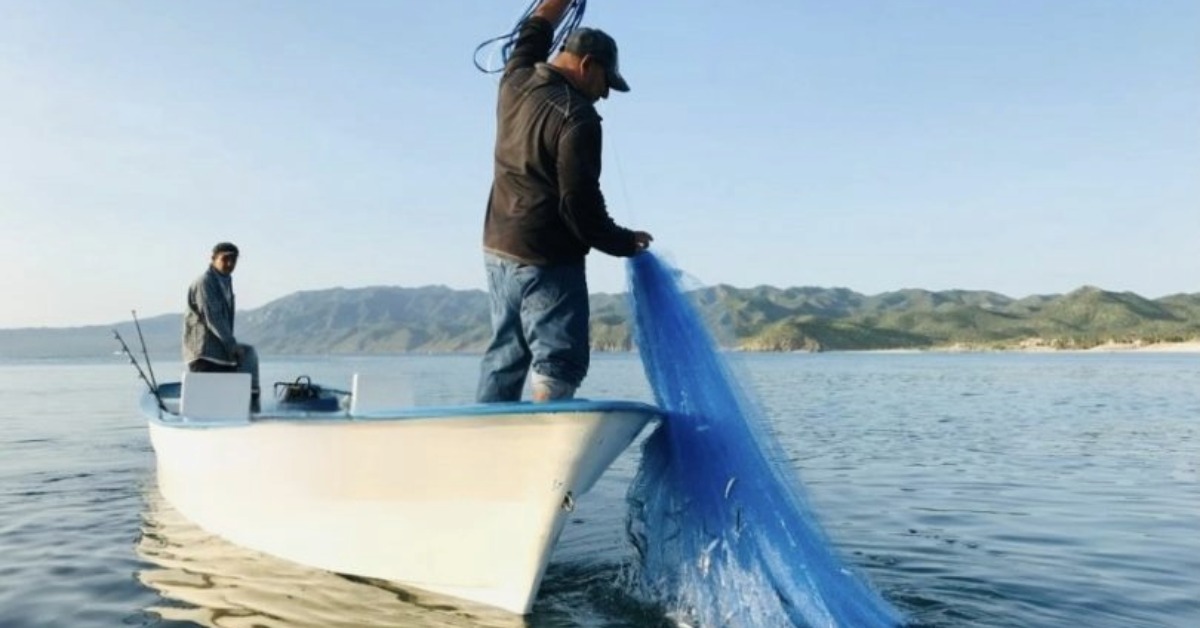SEPADA boosts aquaculture in Baja California Sur, where 137 units yield oysters, shrimp and fish, expanding local and national market access and fair pricing . . .

SEPADA boosts aquaculture in Baja California Sur, where 137 units yield oysters, shrimp and fish, expanding local and national market access and fair pricing . . .
